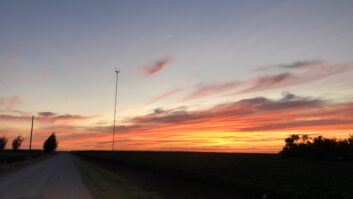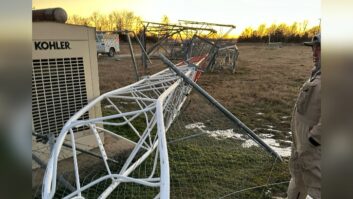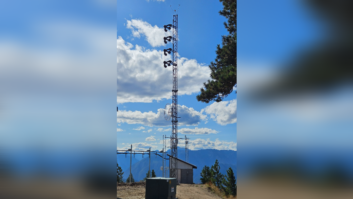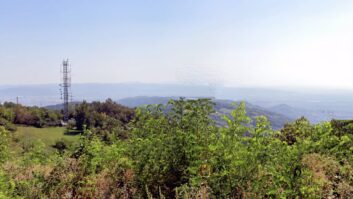Broadcasters in the eastern and north central areas of the U.S. may find themselves becoming intimately interested in the goings on of a new furry friend.
A species of northern long-eared bat was recently listed as threatened under the Endangered Species Act. The bat is suffering from a disease known as white nose-syndrome (WNS), which disrupts bats’ hibernation and has resulted in millions of bat fatalities through starvation.
The U.S. Fish and Wildlife Service is now requiring tower projects in the bat’s geographic range to consider potential effects on the bat as part of their environmental review. The Wireless Telecommunications Bureau of the Federal Communications Commission now has provided details on required and recommended steps for the tower industry.
Tower construction projects within the northern long-eared bat’s geographic range must follow a series of steps set up by the U.S. Fish and Wildlife Service, which can be found here. The document also details required steps for those towers that will end up requiring a special consultation with the Fish and Wildlife Service, as well details for those looking to pursue streamlined consultation under certain circumstances.
The report offers tower crews guidance based on whether a particular project may affect the bat, whether the project will take place inside the WNS zone and whether tree removal will take place.
If no action is required on a project with respect to the northern long-eared bat, or a streamlined consultation is taking place, the FCC does not require additional reporting. If, however, project-specific formal consultation is necessary, the FCC will initiate that process with the U.S. Fish and Wildlife Service. After that, the applicant must submit a biological opinion report with an environmental assessment as part of its application to the FCC.
Those are the newly required steps. The following is a list of recommended steps from the U.S. Fish and Wildlife Service that may minimize adverse effects on the northern long-eared bat.
● Conduct tree removal activities outside of the northern long-eared bat pup season (June 1–July 31) and active season (April 1–Oct. 31) to minimize impacts to bat pups at roosts that have not yet been identified
● Avoid clearing suitable habitat where bats might gather during their staging and swarming seasons (April 1–May 15 and Aug. 15–Nov. 14)
● Maintain dead trees and large trees when possible
● Use herbicides and pesticides only if unavoidable
● Minimize exterior lighting, opting for down-shielded, motion-sensor security lights under towers instead of constant illumination
For more information, broadcasters can contact a biologist with the FCC: Joelle Gehring, (202) 270-4435. Additional information on the northern long-eared bat can be found here, and FCC’s Public Notice on this issue can be found here.












